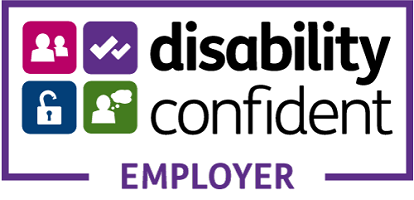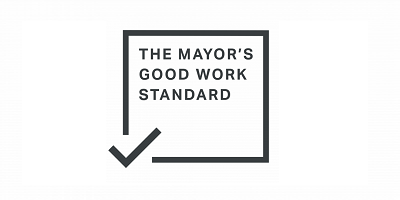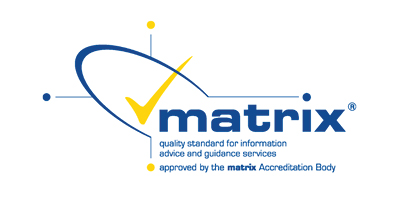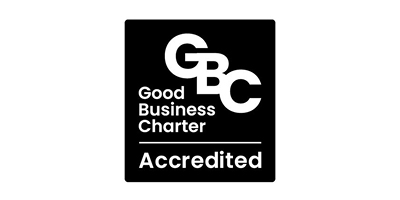How to Spot a Phishing Email
- Unexpected Sender: Were you anticipating an email from this individual or organisation? If not, be cautious.
- Email Domain: Examine the sender's email address. Does the domain match the official one? For instance, is it from 'google.com' or a misspelled variant like 'goggle.com'?
- Poor Grammar and Spelling: Many phishing emails contain grammatical errors or unusual phrasing.
- Sense of Urgency: Be wary of messages that pressure you to act quickly, claiming immediate action is required.
- Requests for Money or Personal Information: Legitimate organizations typically do not ask for sensitive information or payments via email.
For more detailed guidance on identifying phishing emails, visit the UK Government's advice on fraud and scams: gov.uk
Think Before You Click
- Avoid Unknown Links and Attachments: Do not click on unfamiliar links or open attachments from unknown senders.
- Use College Email Appropriately: Refrain from using your college email address for non-college-related activities, such as online shopping or social media.
For comprehensive information on email security, refer to the Information Commissioner's Office guidance: ico.org.uk
Remember, staying vigilant and informed is key to protecting yourself and the college community from phishing scams. If in doubt, consult your IT department or report the suspicious email to your institution's designated support team.









